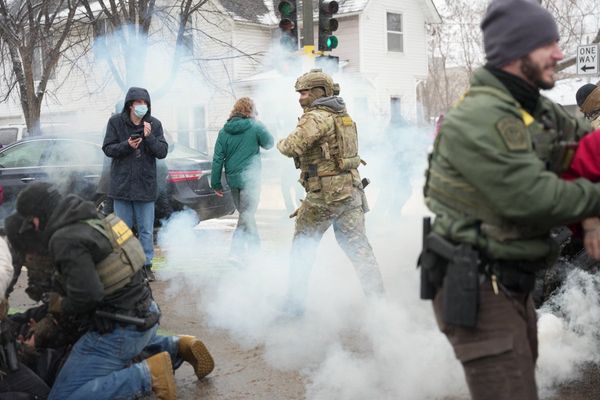Elephant Arjuna who was killed in a fight with another wild tusker in Sakleskpur in Hassan district on Monday, was among the last of a generation of giants which was captured during the 1968 Khedda operations.
Khedda operations refer the practice of driving the wild elephants into enclosures with camouflaged pits using trained jumbos and the practice was banned in 1972 after the enactment of the Wildlife Protection Act.
Captured from Bendekatte area of Thithimathi range, Arjuna’s fame rested on his psychological strength and ability to take the challenge to the opponent’s camp in combing operations to trap or corner tigers and elephants dubbed as “rogues” that are perceived to be “problematic” if they stray into human landscape.
Hence the Forest Department officials preferred Arjuna’s presence during their now regular outings in the jungles to capture elephants in conflict, according to Dr. Nagaraj, from the Department of Animal Husbandry and Veterinary Services and who has observed Arjuna from close quarters for nearly 20 years.
“His presence alongside with tusker Abhimanyu used to give the patrolling staff courage and confidence given their ability to fight back,” said a senior official from the Forest Department.
The fierce roar of the tigers in the jungles or the trumpeting of wild elephants tends to strike terror among many of the camp elephants. But not so in case of Arjuna who used to remain unfazed by the threatening tigers or elephants and stay put and fight back, a trait which endeared him to the field staff, said Dr. Nagaraj.
That Arjuna who was about 63 years old was drafted for elephant capture operation is a vindication of the trust that the forest department reposed in the aging elephant
Harshakumar, Director, Nagarahole Tiger Reserve which oversees the Balle elephant camp where Arjuna belonged, said that his tusks were also among the sharpest of the camp elephants and he used to strike repeatedly to the ground when in “musth” leaving a 8 to 9 inch long hole in the ground.
Though Arjuna’s claim to fame rests on his carrying the Golden Howdah eight times – from 2012 to 2019 – during Mysuru Dasara, he was drafted as a Nishane elephant in the mid-1990s and was considered to be a stand by for the venerable Drona apart from being groomed to take over as the howdah elephant.
But in 1996, in a freak incident involving Arjuna and another elephant named Bahadur, the latter’s mahout was trampled and Arjuna was blamed for the incident resulting in his “ban” from Mysuru Dasara for a few years. But the “ban”’ was lifted in early 2000 and he was a regular ever since, recalled Dr. Nagaraj.
The tallest among the camp elephants and measuring nearly 10 feet tall, Arjuna was also among the strongest and had a huge fan following. His tragic death is being mourned by forest department staff and his admirers. It was in May this year that another former Howdah elephant, Balarama, had died and was a contemporary of Arjuna.







